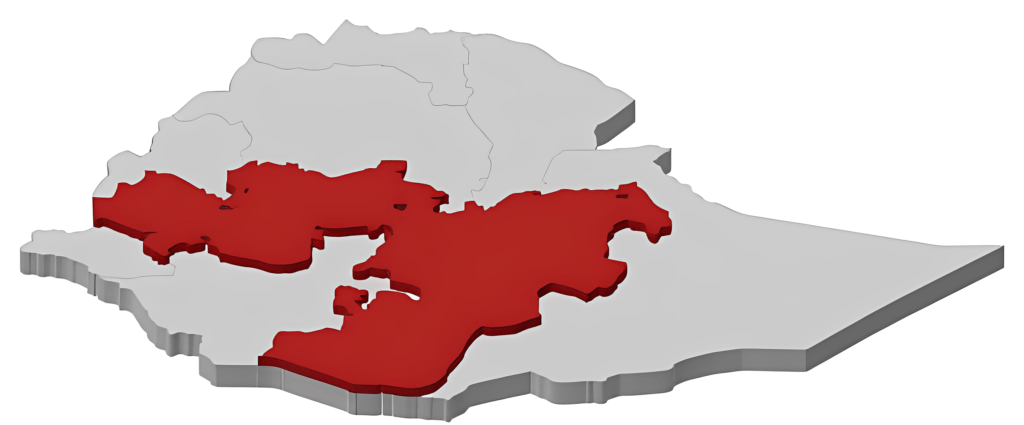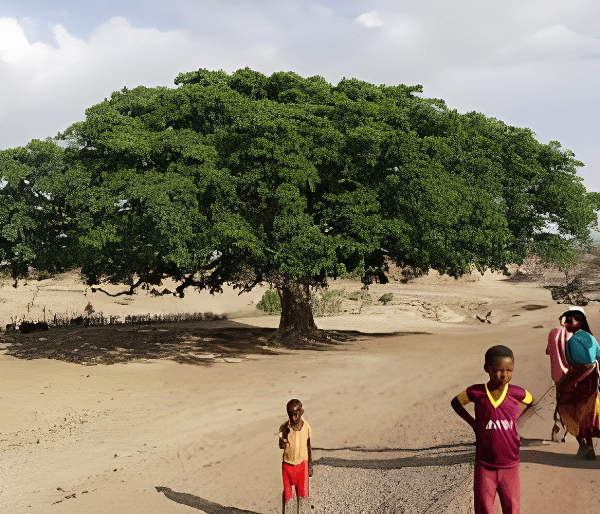Oromoo language :
Oromoo language Powerhouse and Its Struggle for Preservation
The Oromo nation has a single common mother tongue and basic common culture. The Oromoo language , Oromoo language or Afaan Oromoo or Oromiffa, belongs to the eastern Cushitic group of languages and is the most extensive of the forty or so Cushitic languages. The Oromo language is very closely related to Konso, with more than fifty percent of the words in common, closely related to Somali and distantly related to Afar and Saho.
Oromoo language is considered one of the five most widely spoken languages from among the approximately 1,000 languages of Africa, (Gragg, 1982). Taking into consideration the number of speakers and the geographic area it covers, Oromiffa most probably rates second among the African indigenous languages. It is the third most widely spoken language in Africa, after Arabic and Hausa. It is the mother tongue of about 30 million Oromo people living in the Ethiopian Empire and neighboring countries. Perhaps not less than two million non-Oromo speak Oromiffa as a second language.
In fact, Oromoo language is a lingua franca in the whole of Ethiopian Empire, except for the northern part. It is a language spoken in common by several members of many of the nationalities like Harari, Anuak, Barta, Sidama, Gurage, etc., who are neighbors to Oromo.
Oromoo language: Africa’s Third Most Spoken Language

Before colonization, the Oromo people had their own social, political and legal system. Trade and various kinds of skills such as wood and metal works, weaving, pottery and tannery flourished. Pastoralism and agriculture were well developed. Oromo have an extraordinarily rich heritage of proverbs, stories, songs and riddles. They have very comprehensive plant and animal names. The various customs pertaining to marriage, paternity, dress, etc. have elaborate descriptions. All these activities and experiences have enriched Oromiffa.
Much has been written about Oromoo language by foreigners who visited or lived in Oromia, particularly European missionaries. Several works have been written in Oromiffa using Roman, Sabean and Arabic scripts. Printed material in Oromiffa include the Bible, religious and non-religious songs, dictionaries, short stories, proverbs, poems, school books, grammar, etc. The Bible itself was translated into Oromiffa in Sabean script about a century ago by an Oromo slave called Onesimos Nasib, alias Hiikaa, (Gustave, 1978).
Roman, Arabic and Sabean scripts are all foreign to Oromoo language. None of them fit well the peculiar features of the sounds (phonology), in Oromoo language. The main deficiency of the Arabic script is the problem of vowel differentiation. The Sabean script does not differentiate germination of consonants and glottal stops. Moreover, it has seven vowels against ten for Oromoo language. Hence, the Roman script is relatively best suited for transcription of Oromoo language.

An Italian scholar, Cerulli (1922), who attempted to write in Oromiffa using both Sabean and Roman, expressed the short comings of the Sabean script as follows: “to express the sounds of Galla language with letters of the Ethiopic (Sabean) alphabet, which express very imperfectly even the sounds of the Ethiopian language, is very near impossible … reading Galla language written in Ethiopic alphabet is very like deciphering a secret writing.” As a result several Oromo political, cultural groups and linguists have strongly advocated the use of the Roman script with the necessary modifications. It has thus been adopted by the Oromo Liberation Front some years ago.
A number of Oromoo language scholars in the past attempted to discover scripts suited for writing Oromoo language. The work of Sheikh Bakri Saphalo is one such attempt. His scripts were different in form but followed the symbol-sounds forming patterns of the Sabean system. Even though his scripts had serious shortcomings and could not be considered for writing Oromoo language now, it had gained popularity in some parts of eastern Oromia in the 1950s, before it was discovered by the colonial authorities and suppressed.
Oromoo language has been not only completely neglected but ruthlessly suppressed by the Ethiopian authorities with determined effort for almost a century to destroy and replace it with the Amharic language has been mostly ineffectual. Thus, the Abyssinization and the destruction of the Oromo national identity has partially failed.





